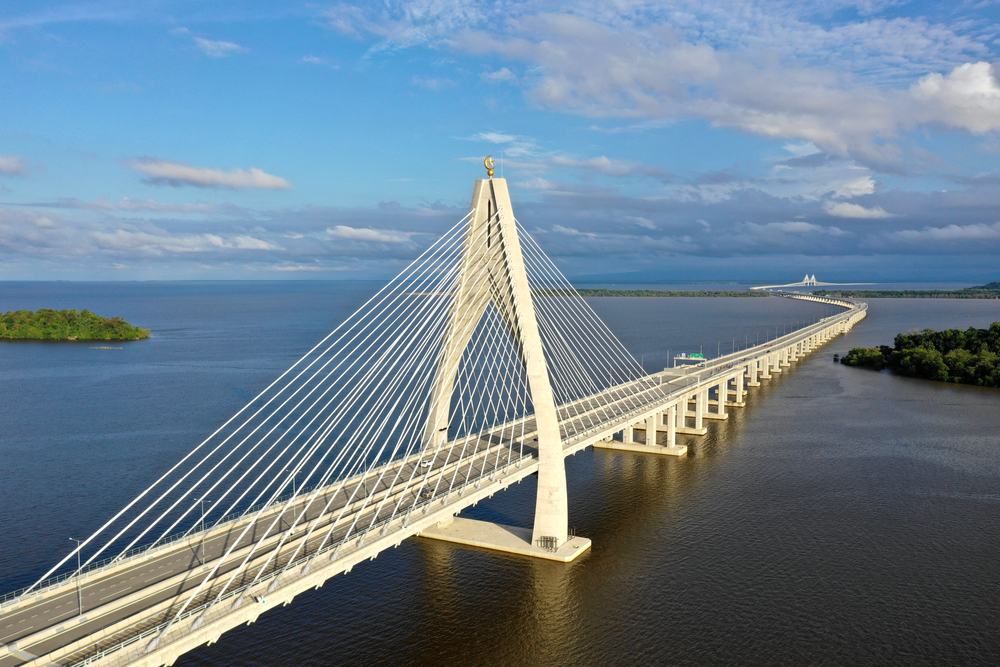In the realm of civil engineering, intelligent bridges are emerging as an epitome of innovation and foresight. These bridges are not mere structures but highly sophisticated systems integrated with advanced technologies. This article takes you through the fundamental aspects of intelligent bridge design, the technology involved, and examines a real-world example that embodies this revolutionary concept.
The Concept of Intelligent Bridges
As the demands on infrastructure continue to grow, bridges need to be more than just conduits for transportation. Intelligent bridges represent the amalgamation of structural engineering with cutting-edge technology to ensure efficiency, safety, and longevity.
Intelligent bridges incorporate sensors, data analytics, and communication systems to monitor structural health, manage traffic, and provide real-time information to both maintenance personnel and users.
Components of Intelligent Bridges
SHM systems are a crucial component of intelligent bridges. They include sensors that continuously monitor various structural aspects, such as strain, temperature, and vibrations, to detect anomalies or deterioration.
Intelligent bridges employ advanced traffic management systems to monitor traffic flow, detect congestion, and facilitate efficient utilization of the bridge. Data collected by sensors is analyzed and communicated to relevant authorities for timely decision-making. In some cases, intelligent bridges can also communicate with vehicles through vehicle-to-infrastructure (V2I) technology.
Benefits of Intelligent Bridges
Real-time monitoring of structural health enables early detection of potential issues, allowing for proactive maintenance and averting catastrophic failures. Intelligent traffic management systems can optimize traffic flow, reducing congestion and travel times.
By enabling timely maintenance and efficient utilization, intelligent bridges can significantly reduce costs over the bridge’s lifecycle.
Challenges and Future Prospects
With the integration of communication systems, ensuring data security and privacy becomes critical.
Continuous advancements in sensor technology, data analytics, and communications require that intelligent bridges be adaptable and upgradable.
A Pioneering Example: The Jindo Bridge, South Korea
South Korea’s Jindo Bridge exemplifies the intelligent bridge concept. This cable-stayed bridge is a critical transportation link and is integrated with a highly sophisticated monitoring system.
The Jindo Bridge features an extensive network of sensors that continuously monitor strain, displacement, temperature, and wind speed. This data is crucial for assessing the bridge’s structural health.
The bridge employs an intelligent traffic management system that monitors traffic flow, detects congestion, and provides real-time traffic information to users. Data from the Jindo Bridge’s monitoring systems is also utilized for research, contributing to the development of future intelligent bridge designs.
The Path Forward for Civil Engineers
Intelligent bridges represent the future of civil engineering and infrastructure development. As a civil engineer, embracing these advancements is not just beneficial, but essential. The Jindo Bridge stands as a testament to the potential of integrating technology into bridge design. Through continuous learning and innovation, civil engineers have the opportunity to play a pivotal role in shaping intelligent infrastructure that stands the test of time while maximizing efficiency and safety.




